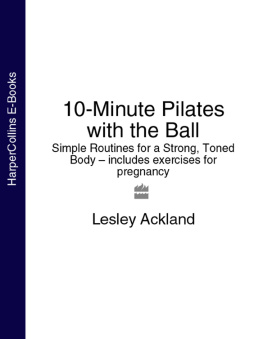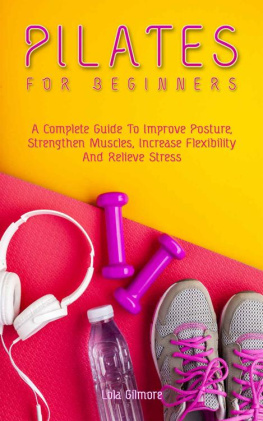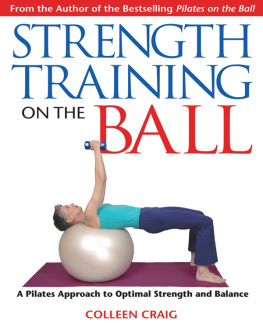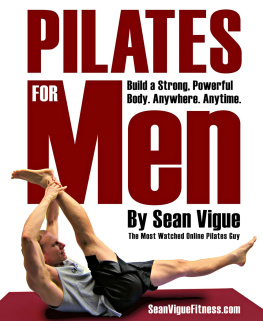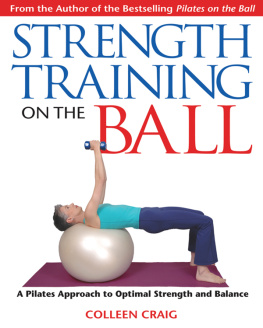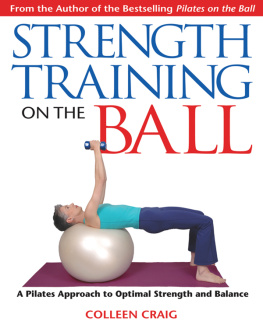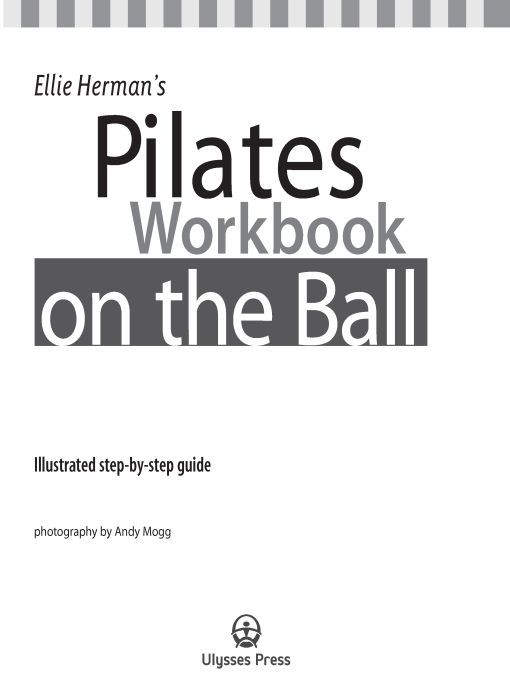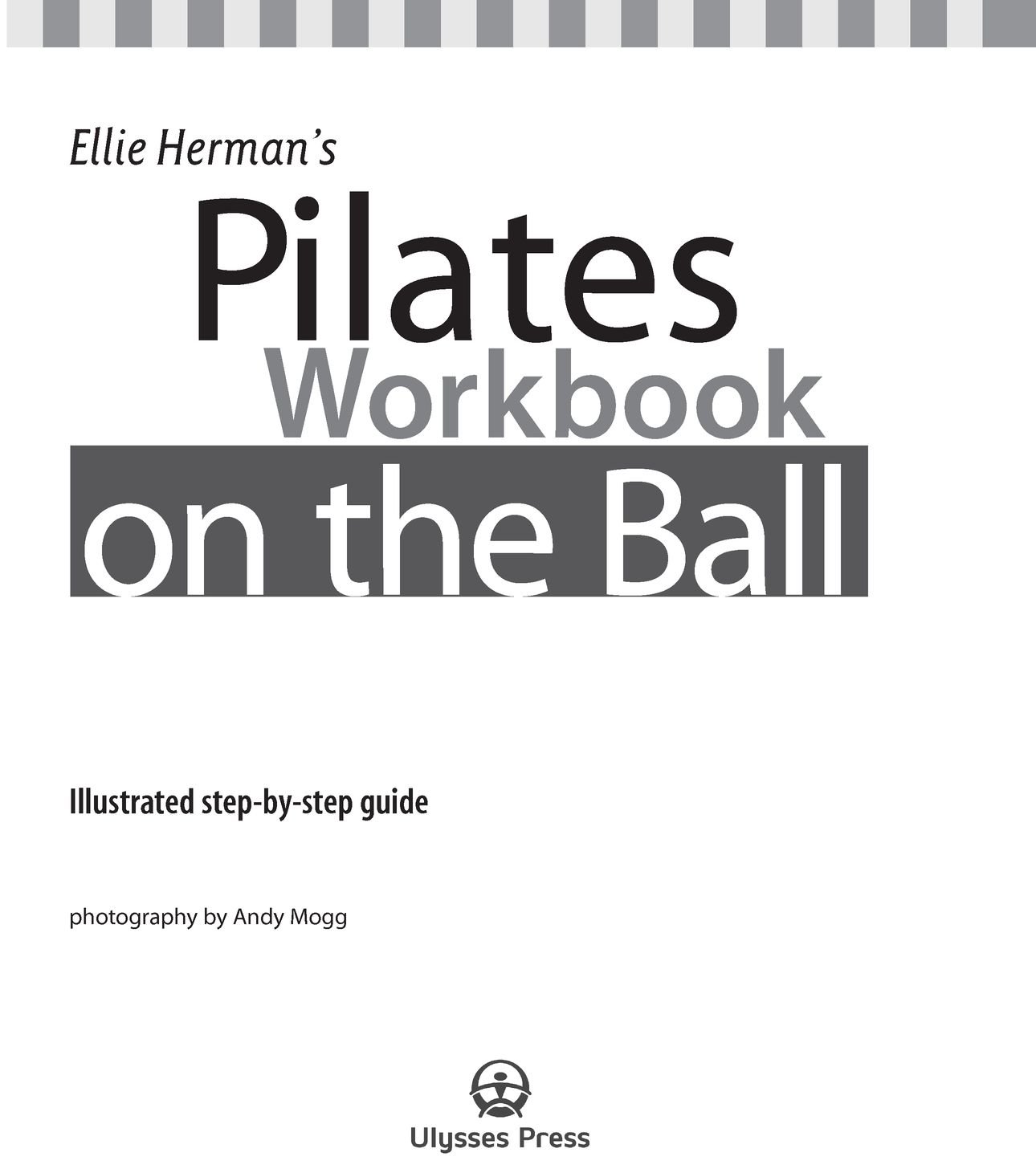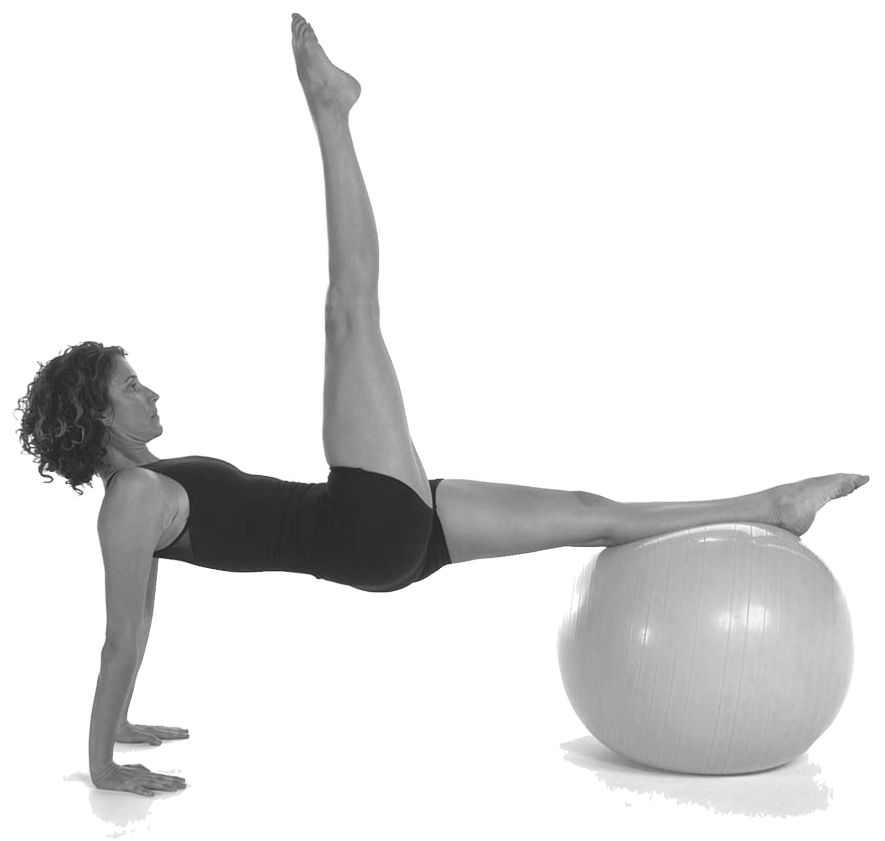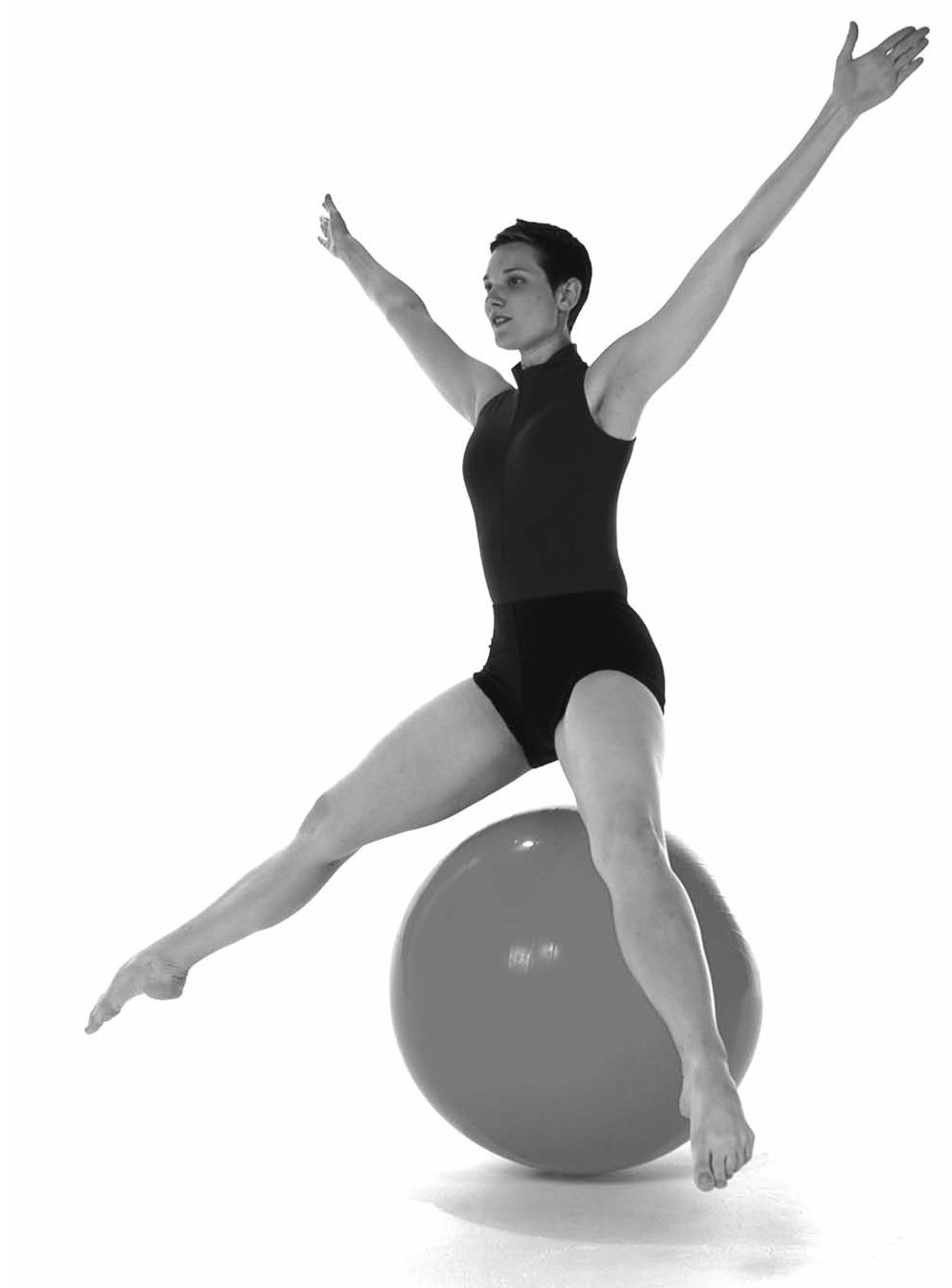Table of Contents
I would like to dedicate this book to all my wonderful students, who eventually become my teachers
Ellie Herman
introduction
My torrid romance with Pilates began many years ago when I was a professional dancer and choreographer with my own dance company in San Francisco. To supplement my paltry income and to satisfy my desire for edgy experience, I decided to try my hand as a professional wrestler. My career as Ruth Less was cut short by a serious knee injury, which occurred during a tag-team match. At the time I cursed myself for being so stupid: How could I have taken my body for granted, especially being a dancer. I thought for sure my life as a dancer was over. But then I learned about St. Francis Hospital DanceMedicine in San Francisco, where I ventured to heal myself with this mysterious thing called Pilates. I was lucky enough to be put under the care of Elizabeth Larkham, one of the superstars of modern Pilates. After months of Pilates rehabilitation and no surgery (normally advisable after an anterior cruciate ligament tear), I returned to dancing only to realize that, to my surprise, I was a much better dancer than before my injury. Pilates had not only allowed me to return to jumping, leaping, and twirling, it had actually improved my technique, control, balance, and core strength. At this moment, I became a Pilates convert.
I then moved to New York City, where I briefly attended the Masters program in dance at New York University. The best thing about my short stay at NYU was the morning Pilates mat class with Kathy Grant, one of the disciples of Joe Pilates. She taught me how depth and creativity could be brought to the Pilates method, while getting me out of the mounting hip pain that was due to the ballet classes I was taking every day. These Pilates classes inspired me to pursue Pilates teacher training with Romana Kyranowska, another of Joe Pilates original students.
I returned to San Francisco in 1992 and continued my study of Pilates with Jennifer Stacey and Carol Appel of Body Kinetics. The following year I opened my own studio in my live/work loft in the Mission district of San Francisco. The studio expanded so much over the years that we moved to a bigger building, with two full floors dedicated to Pilates-based fitness, rehabilitation, teacher training, continuing education, and complementary medicine. As the demand for good Pilates instruction grew, so did my business, and I opened a second studio in Oakland, California, in 2001. Somewhere during all this expansion I managed to earn a Master of Science degree in Acupuncture & Chinese Herbal Medicine.
Ive now taught Pilates for over ten years and have developed a unique language with which to communicate the essence of the Pilates method. Please see the section entitled Ellie Hermans Pilates Alphabet for my particular Pilates terms and concepts, used throughout the book. I hope these tools help you to understand the subtleties of Pilates in both a physical and conceptual way.
I continually strive to integrate my studies and expand my approach to bringing balance back to the body. As part of my ongoing interest in Pilates innovation, I have developed a new piece of Pilates equipment called the Pilates Springboard, an inexpensive and space-saving variation of the Wall Unit/ Cadillac. You can find out more about the Pilates Springboard on my website www.ellie.net, where you can also find information on my other upcoming projects, including a video you can use with this book.
the story of Joe
The story goes that Joseph Hubertus Pilates was born in Germany in 1880, and as a child suffered from asthma and a sunken chest. He spent his life obsessed with restoring his health and body condition. Over his lifetime, he overcame his frailties and became an accomplished athlete. He loved skiing, diving, gymnastics, yoga, and boxing. There are famous pictures of the man looking extremely fit well into his 70sdoing Pilates exercises in the snow.
Originally Joe developed a series of mat exercises designed to build abdominal strength and body control. He then built various pieces of equipment to enhance the results of his expanding repertoire of exercises. His idea behind building the equipment was to replace himself as a spotter for his clients.
How He Invented the Pilates Equipment
Stationed in an English internment camp during WWI, Pilates rigged springs above hospital beds, allowing patients to rehabilitate while lying on their backs. This particular set-up later evolved into the Cadillac, one of the main pieces of Pilates equipment. He then developed over 20 contraptionssome of which look a little like medieval torture devicesconstructed of wood and metal piping, using a variable combination of pulleys, straps, bars, boxes, and springs.
In his words, the Pilates method develops the body uniformly, corrects wrong postures, restores physical vitality, invigorates the mind, and elevates the spirit. Joe was way ahead of his time, viewing the body holistically and emphasizing the body working as a whole unit.
Through the decades, Pilates developed over 500 exercises, which he originally called Contrology, but have since come to be known as the Pilates method.
In 1923 Joseph Pilates emigrated to the United States, settling in New York City, where he opened a studio on Eighth Avenue in Manhattan and started training and rehabilitating professional dancers (George Balanchine and Martha Graham were two of his students).
Joes Legacy
The original Eighth Avenue Pilates studio in Manhattan is where the first generation of teachers were trained, including Romana Kyranowska, Kathy Grant, Ron Fletcher, Eve Gentry, Carola Trier, Mary Bowen, and Bruce King. These protgs branched out and opened studios around the country, changing the method based on their own individual backgrounds and philosophies. For the following 50 years or so, the Pilates method has been passed down through many more generations of teachers and has transformed a great deal along the way. Some of the New York teachers claim to hold truest to the original method, but many creative individuals have brought their own insights to improve upon some of the more antiquated views of the body. Joe was a trailblazer, but his ideas can be improved upon. Even within his lifetime, he evolved his repertoire and changed his approach to better attain his desired results.
Pilates Now
Today, the Pilates method consists of a repertoire of over 500 exercises to be done on a mat or on one of the many pieces of equipment Joseph Pilates invented. The exercises are usually done in a series organized by levels: beginning, intermediate, advanced, and super-advanced. Pilates exercises as a whole develop strong abdominal, back, butt, and deep postural muscles to support the skeletal system and act as what Pilates called the powerhouse of the body. The Pilates method works to strengthen the center, lengthen the spine, increase body awareness, build muscle tone, and gain flexibility. The Pilates method is also an excellent rehabilitation system for back, knee, hip, shoulder, and repetitive stress injuries. Pilates addresses the body as a whole, correcting the bodys asymmetries and chronic weaknesses to prevent re-injury and bring the body back into balance. As Joe used to say, after 10 sessions youll notice a difference, after 20 sessions other people will notice a difference, after 30 sessions youll have a whole new body.



